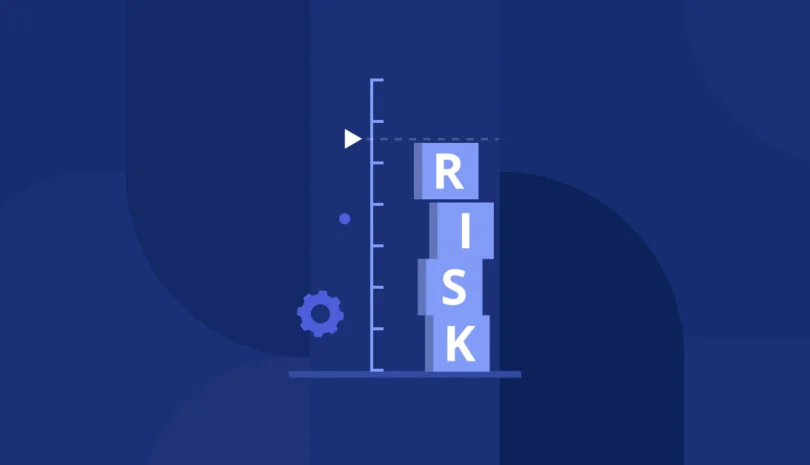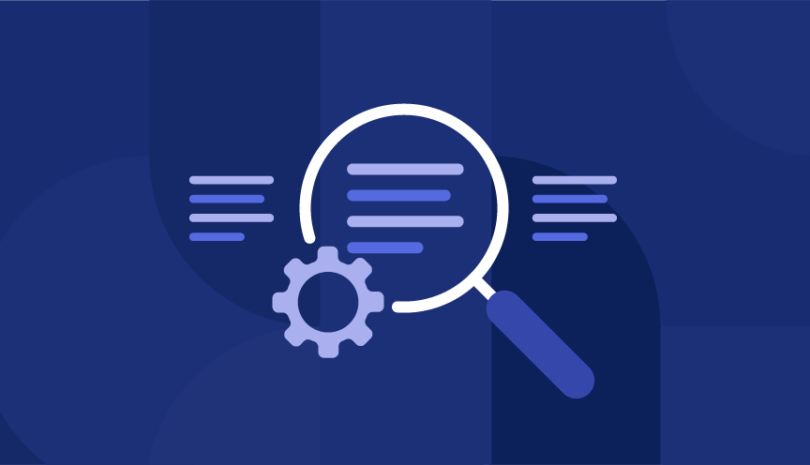If someone asked ten CISOs about their approach to risk management, you’ll get ten different answers.
On paper, most risk strategies seem strong. They are built on solid frameworks, supported by policies, and tracked through spreadsheets. But in reality, things often feel reactive. Assessments pile up, vendors are overlooked, and the same question remains: Are we focusing on the right risks?
Everyone in security knows the feeling of updating spreadsheets, chasing down answers, and convincing yourself that the time spent is worth it. But truthfully, it’s not the missing effort but the clarity.
The Vendor Question: Who’s Actually Critical or Risky?
Let’s be honest, “critical vendor” seems like a simple term until you try defining it based on Inherent Risk.
Most organizations base that definition on spend or size, but those are weak indicators of real risk. A vendor’s importance usually comes down to a couple of factors: your level of reliance on them, the sensitivity and amount of data you share, how they connect to your systems, and how they’re leveraging AI.
That small HR SaaS tool with access to employee PII? It might be as risky as your global telecom provider. And remember that marketing agency with API access to customer data? It’s probably riskier than your shipping vendor.
These are just a few examples of how misleading traditional vendor categorization can be. A vendor that seems minor to procurement might actually hold the keys to the most sensitive data.
And so, the cycle continues, and teams continue asking the same question: Do we upload every vendor, or just the ones that really matter?
How Most Teams Handle It (And Why It Doesn’t Work)
Most teams manage vendor inventories in one of two ways. The trouble is, neither approach actually solves the problem, especially when hidden third parties slip under the radar. These blind spots are more common than most realize, and almost happen every time a new vendor is added.
The two most common approaches to vendor management include:
1. Uploading each vendor
At first, individually uploading each vendor is the right practice. But eventually, it becomes pure chaos. Organizations are left with hundreds of vendors, each buried in their own assessments, contracts, and questionnaires. The result? Security teams are wasting time chasing information that is most likely irrelevant.
2. Uploading only “critical” ones
This approach feels efficient until you realize that you’ve missed a vendor handling sensitive data burned deep in an integration chain. That’s how hidden dependencies quietly turn into breach points. During this approach, teams end up reacting instead of preventing, and visibility starts to slip.
While approximately 98 percent of organizations admit they leave a chunk of third-party vulnerabilities unresolved, the real challenge is simple: it’s not about if there are risks, it’s which ones actually matter.
And here’s the hard truth: a centralized data repository alone won’t solve it.
A centralized data repository is just a list of names, not insight. It tells you who your vendors are, but not what risks they introduce or how those risks can evolve. Without deeper intelligence, the list becomes another spreadsheet in an environment that is constantly changing.
This is where implementing software like a Third-Party Cyber Risk Management (TPCRM) platform makes a significant difference. It provides the context, visibility, and automation needed to uncover, monitor, and further prioritize the risks that are usually hiding in plain sight.
The Hardest Part: Getting Inherent and Material Risk Right
Determining vendor importance isn’t as simple as checking who has access to what data. It takes time, context, and coordination across teams, and each team tends to see it through a different lens. For example, security teams focus on data exposure and potential attack surfaces, whereas the operations department worries about continuity, determining what would happen if something happened to a vendor tomorrow.
That’s where the frustration sets in because different teams are trying to secure vendors that they ultimately don’t fully understand.
Until teams share a common understanding of what makes a vendor high-risk, visibility gaps will continue to slow progress.
The Game-Changer: Automating Vendor Tiering
The challenge of determining vendor importance doesn’t disappear overnight; however, automation is changing how organizations approach it. This isn’t just a technology upgrade, but a mindset shift.
Through AI and automation, security teams can now:
- Instantly map business dependencies to determine which vendors connect to critical processes.
- Identify vendors that handle sensitive data or support essential systems, removing the endless spreadsheets and guesswork.
- Continuously re-tier vendors as the business evolves to keep classifications current as operations, integrations, and risk changes.
Instead of scattered spreadsheets and tools working independently, CISOs can now see every third party in one centralized platform, easily moving vendors into different assessment plans based on their risk level and business.
The shift towards automation isn’t about replacing human judgment; it’s about giving teams the clarity to focus on the organizations that carry the most risks, instead of getting buried in repetitive work.
From Reactive to Strategic
A mature vendor program doesn’t look like today’s reactive systems. It runs on clarity, consistency, and real collaboration, which includes:
- Consolidating vendors into one platform for a complete, real-time view of your ecosystem.
- Understanding the full business context behind each relationship, beyond the technical footprint.
- Continuously reassess critically, because vendors and business priorities change quickly.
- Automating the vendor intake process to ensure nothing slips between the cracks.
- Aligning assessment depth with risk tiers, because there’s no reason to send a 300-question survey to a catering company, unless they maintain a guest list, which is sensitive data.
A mature program also recognizes that a vendor management program isn’t static. It must grow as businesses do. Instead of relying on one-off assessments, teams must maintain a continuous, up-to-date understanding of each vendor to fully understand their individual risk level.
With solutions like Panorays, these goals are no longer theoretical, as teams can achieve them in practice through real-time insights.
Closing Thought: Don’t Waste Time or Miss What Matters
At the end of the day, tools don’t solve risk; clarity does. Without a clear view of which vendors carry the most weight, every decision feels reactive, with every resource being stretched.
But thankfully, automation changes that by giving organizations a complete, continuously updated view of third-party ecosystems. This helps organizations prioritize smarter, act faster, and protect what really matters.
Want to see how automation helps identify and prioritize critical vendors in minutes? Book a personalized demo with Panorays today and see your third-party ecosystem clearly.



